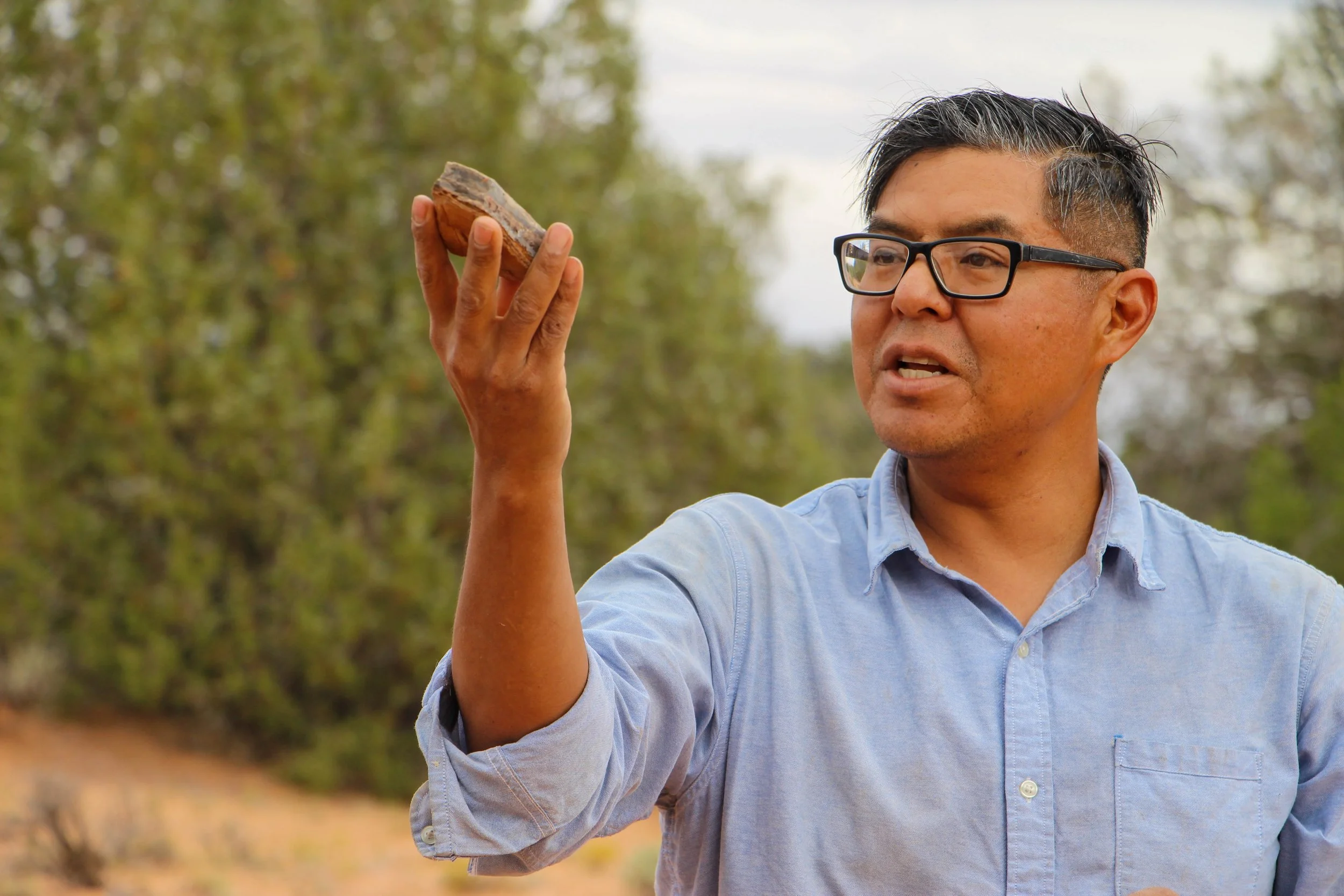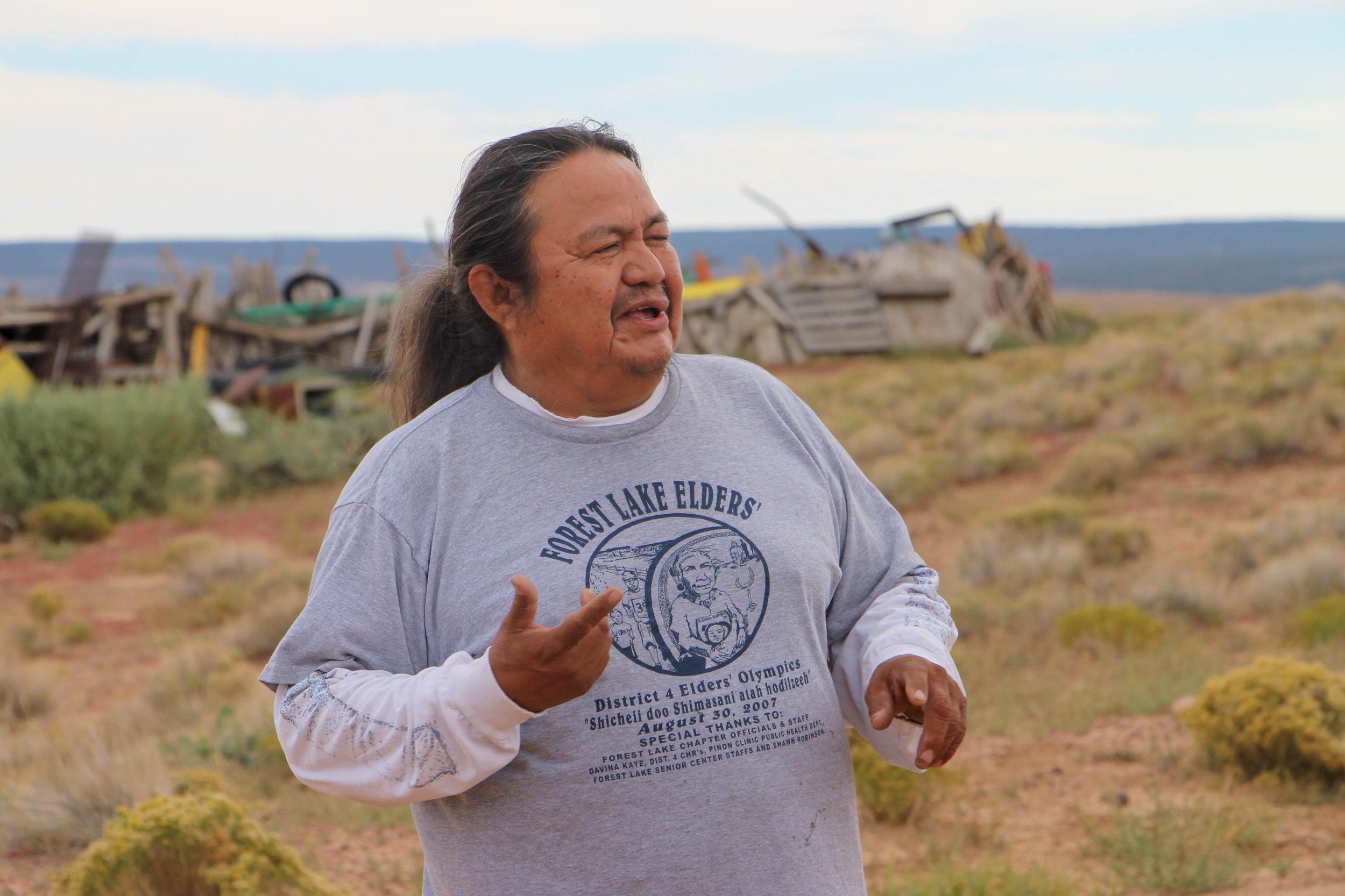Valer Clark
Founder, Cueca Los Ojos
Douglas, AZ
11/8/21
Decked out in denim and a wide-brimmed sun hat, Valer Clark fills the empty river bed of Silver Creek in a spot about 200 yards north of the U.S. – Mexico Border. “When you skip steps in between, you start to get really big problems,” she says. For Clark, this mindset has been central to her organization, Cuenca Los Ojos, in its work to restore the ecosystems of the ranches it owns along the border. By installing thousands of rock dams, or gabions, on creeks and streams, Clark has managed to slow erosion, increase vegetation, ameliorate water quality, and diminish flooding over thirty miles of border.
Clark is a native New Yorker and “ended up West by accident” after an extended vacation turned real estate venture. It is logical to question how a city dweller would want to work on land along the border, but there is more than enough work to keep a New Yorker busy. To Clark, this work is necessary to sustain wildlife and support water storage in one of the most biodiverse areas in North America. With four bioregions, a migratory loop to the Rocky Mountains, the Chihuahuan Desert to the East and the Sonoran to the West, this land is environmentally priceless. There are many problems that arise when caring for land long-term along the border. Clark hopes that with more and more animals appearing on the land due to her intensive management practices, the value of this space will become apparent, and be more likely to receive future protection from owners to come.
By Elio Van Gorden







